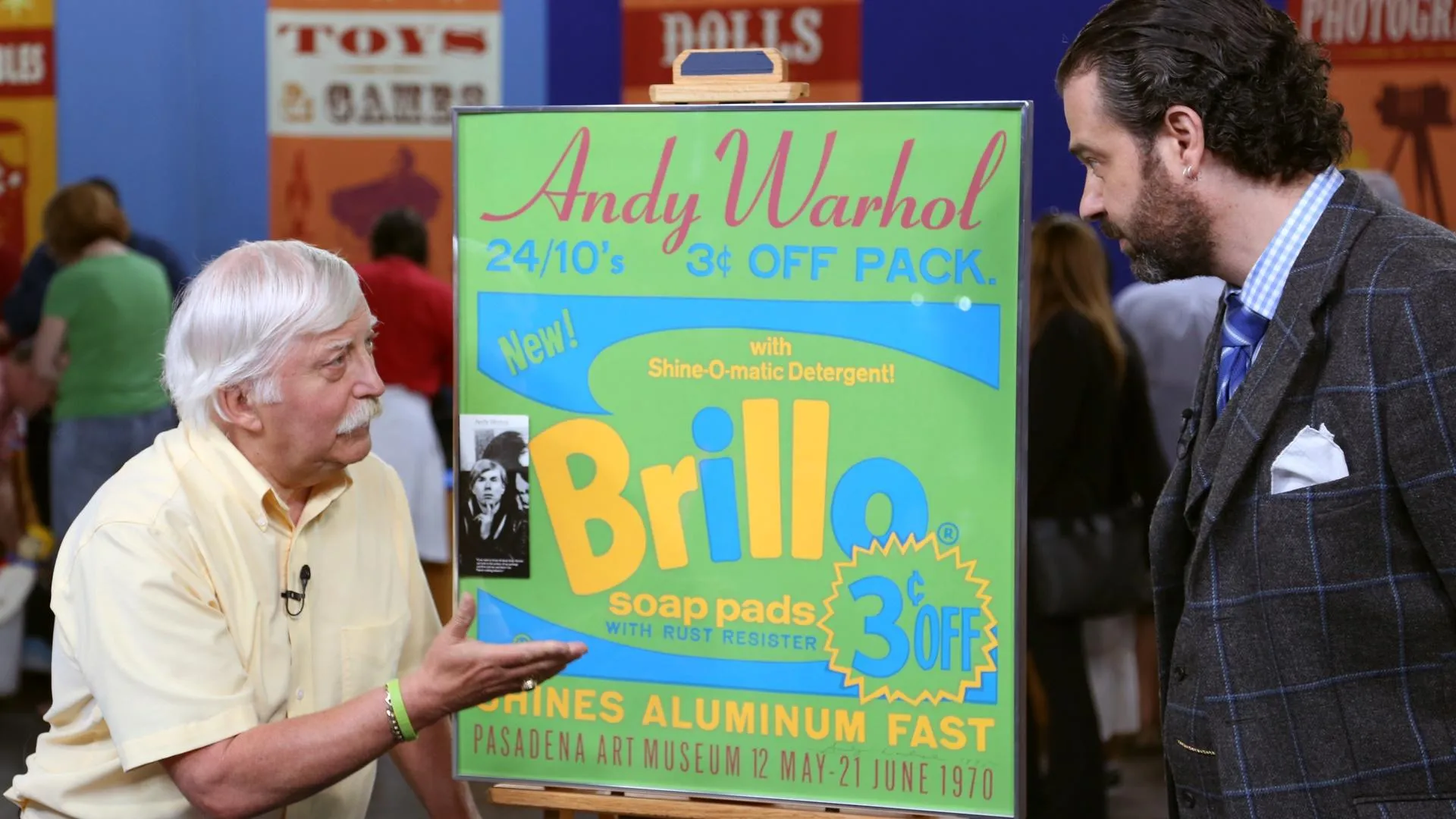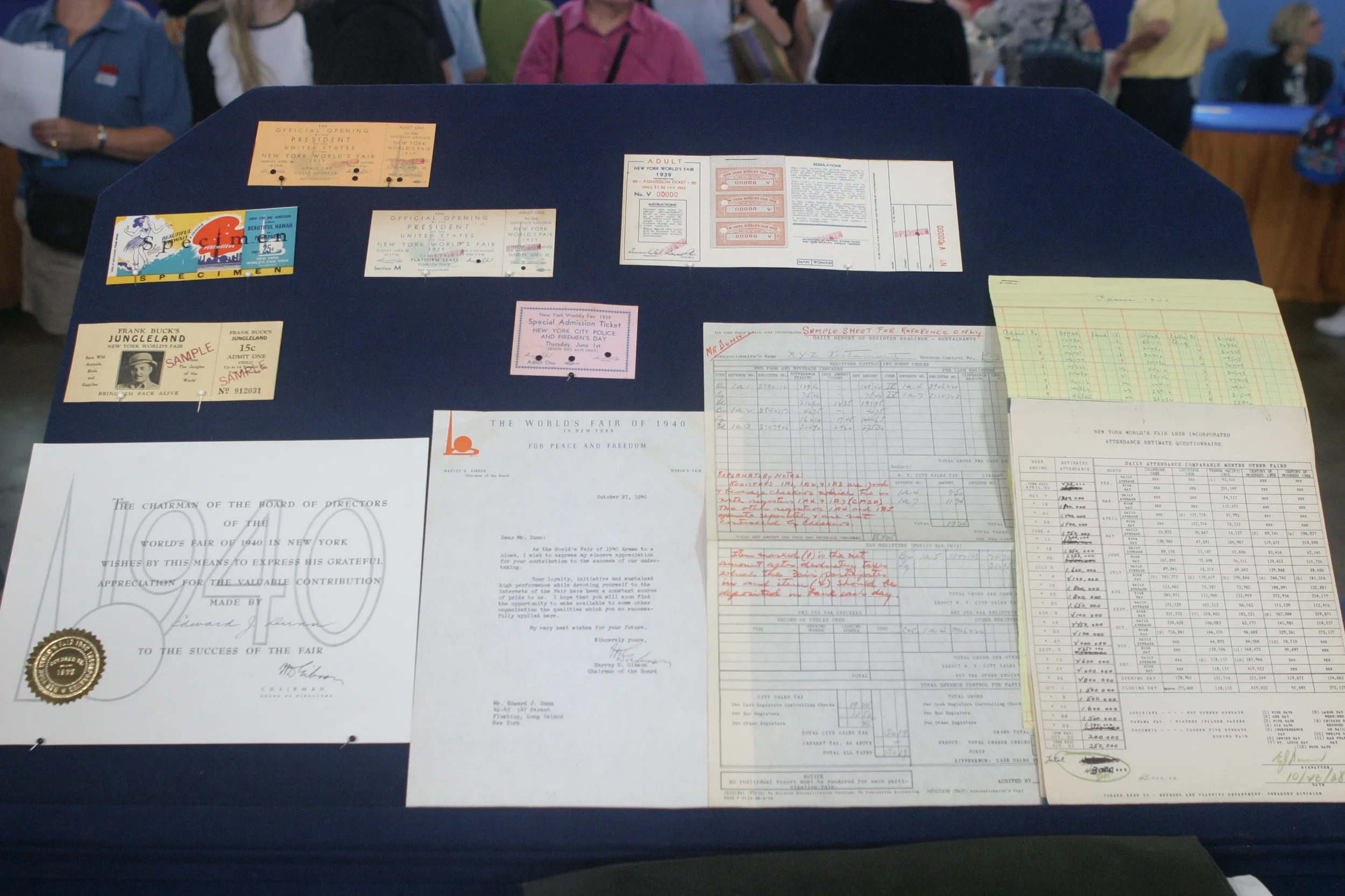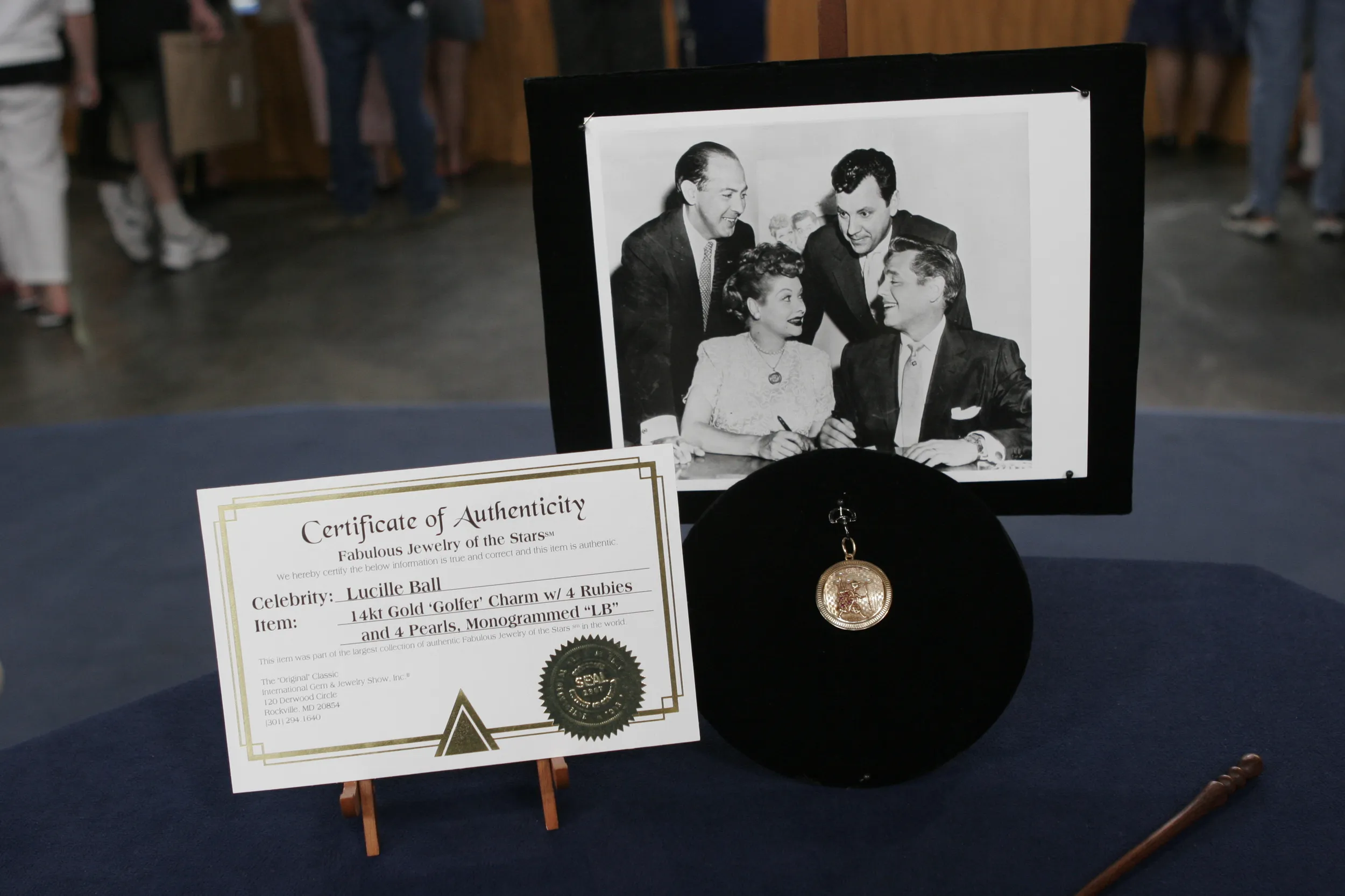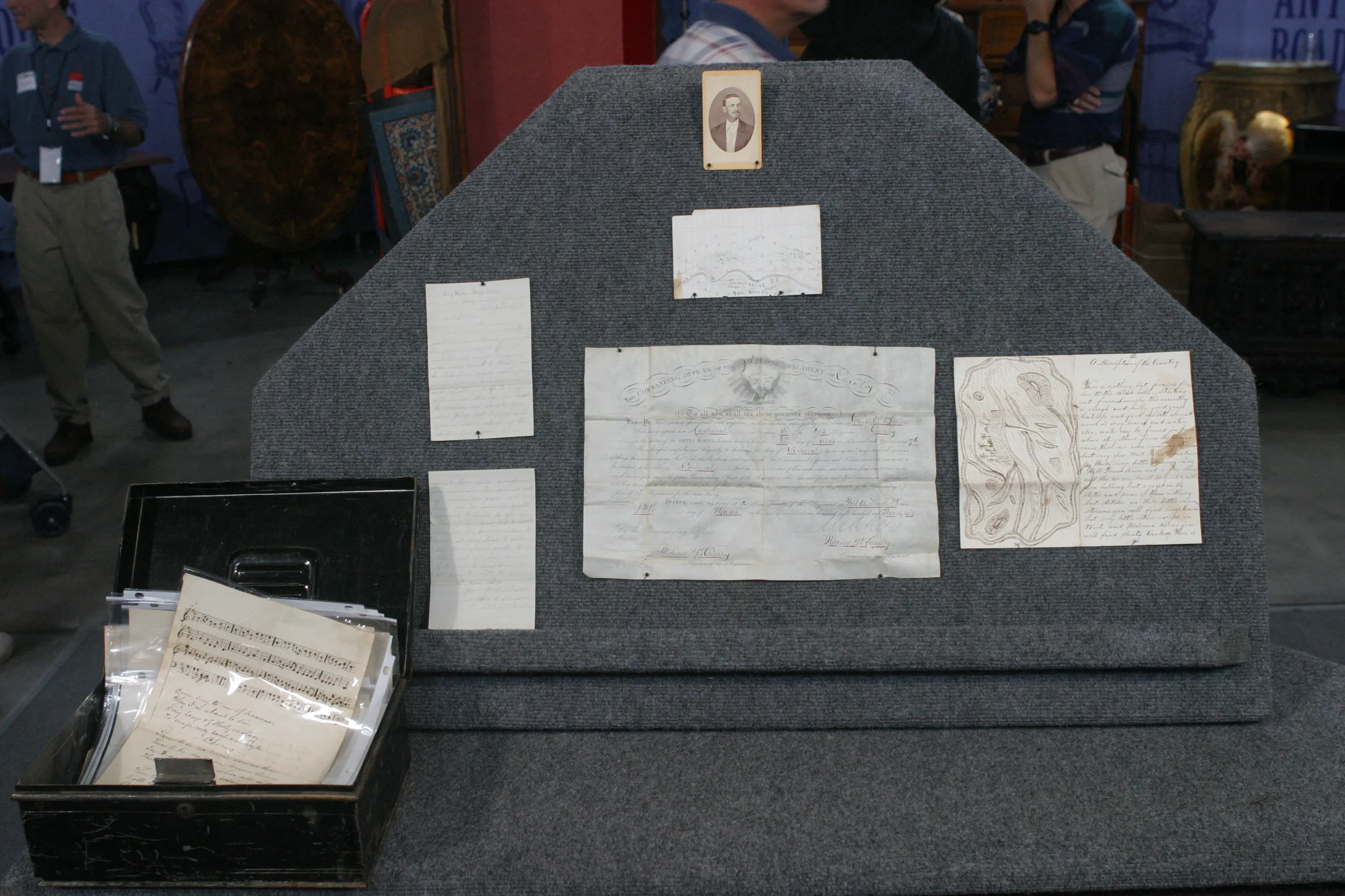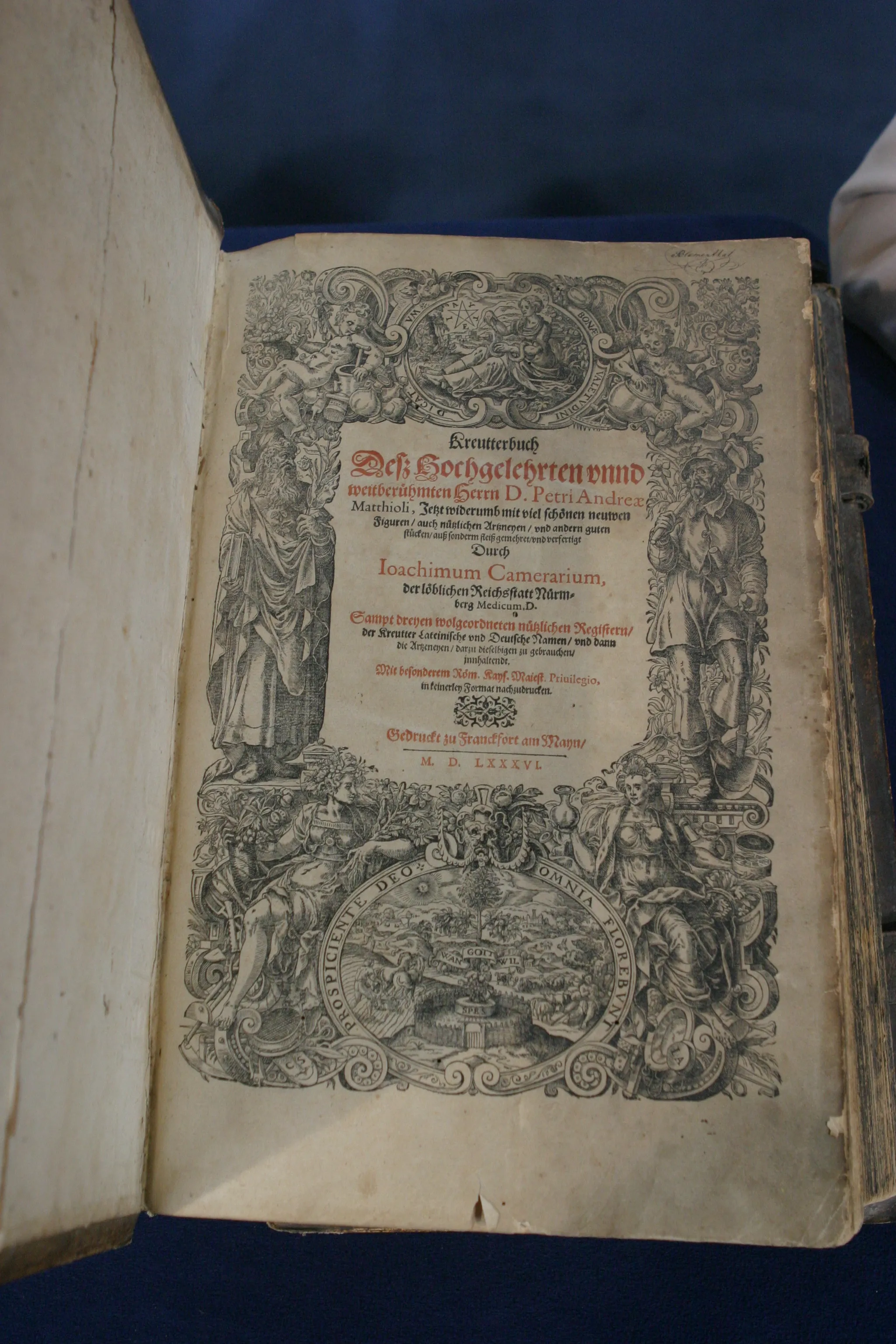GUEST: I brought my grandfather's grandfather's Civil War sword. He fought in the Union Army in the 26th Regiment for Illinois. That's about all I know.
APPRAISER: And we know that it's his not only because it's been in your family, but we have the presentation up on top. It says, "Presented to Colonel Gilmore." When he entered the Army, he was a Lieutenant Colonel, which is right below there. He made the full rank of Colonel in April of 1864, and it was given by "J.H. Shreve." That's for Joseph H. Shreve, and he was a sutler. A sutler is a guy that follows the army around and sells them things: swords, anything that they needed-- coffee, everything you can imagine. And it says on here, "Sutler," which is kind of cool. That's the first one I've encountered. The sword itself, it's a model 1850 staff officer's sword, and we know it's for staff, which is the higher-ranking soldiers, because of the "US" and the "Guard."
GUEST: Was it used in battle at all?
APPRAISER: It has a metal scabbard, the guard is brass, so it was made for combat. The regiment that he was in, the 26th Illinois Infantry, they had a really impressive service record. They fought at the Battle of Vicksburg. They then joined General Sherman on the march to Atlanta and then over to the sea in Savannah, Georgia, and all the way up through the Carolinas. Your ancestor saw a lot of service, and it's likely that he used this sword on multiple occasions.
GUEST: Is this a bullet hole, or is this just damage?
APPRAISER: Well, let's turn it around and see. We notice that we have an indentation there, and that's a good question. The scabbard is made of steel, and they add the brass. This is called a drag, and that was held on by a screw, and if you hit the bottom of the scabbard, it drives that drag up and it breaks off that screw. So that's the hole where the screw went at one time. And while we've got it turned around, if you notice, on your end, we have the maker mark of the Ames Manufacturing Company in Chicopee, Massachusetts. They were one of the big makers during the Civil War. It would have hung from his belt, and that's what these two rings are for. They're called sword rings, and they would have had leather hangers hanging down from the belt. The sword has seen a lot of use, and it's rather worn. It's got rust, it's got bumps, it's got bruises. Without your ancestor's name on it, it's a sword that would bring about $1,000. Because it has his name, his regiment, his service is important, and we have that "Sutler" mark, this is a sword that would retail between $3,000 and $4,000.
GUEST: Thank you. And now I've proved my mom wrong that it was not a presentation sword.
APPRAISER: Oh, she was right, it is a presentation sword, because that sutler presented it to your ancestor. Mom's still right.
GUEST: But she said it was probably never used in battle.
APPRAISER: Well, you got her on that one.
GUEST: Yes, I did.

